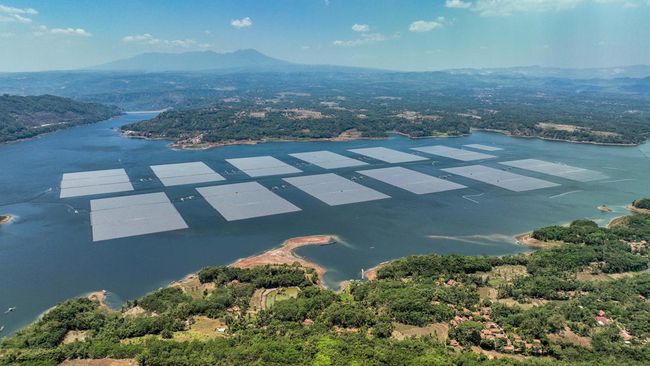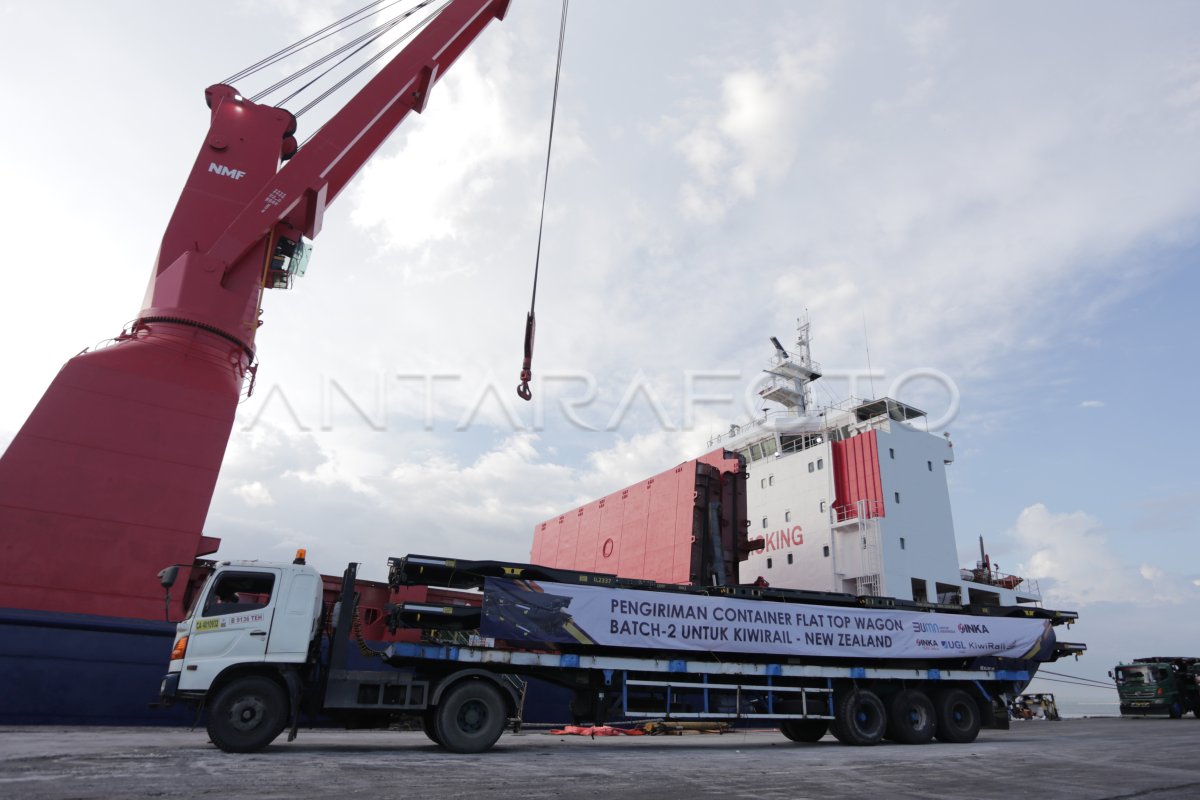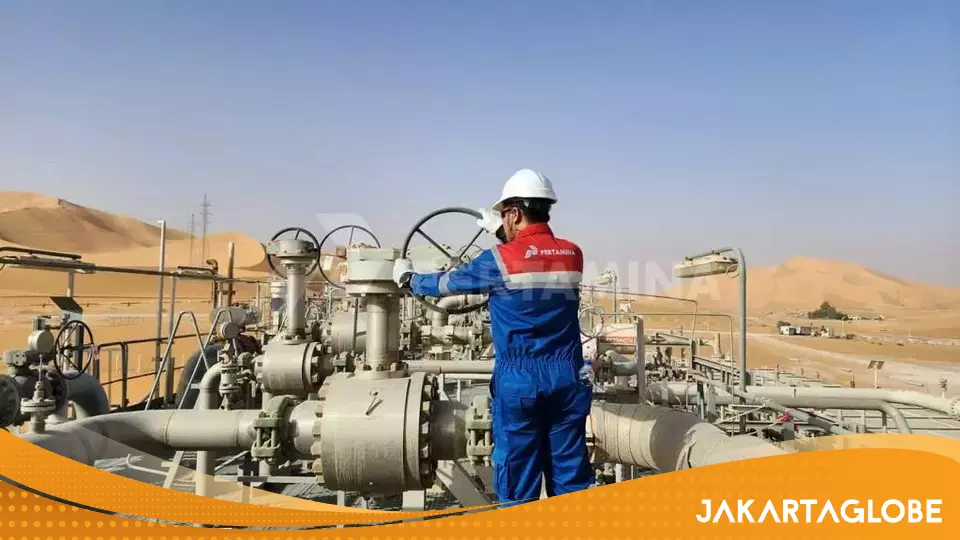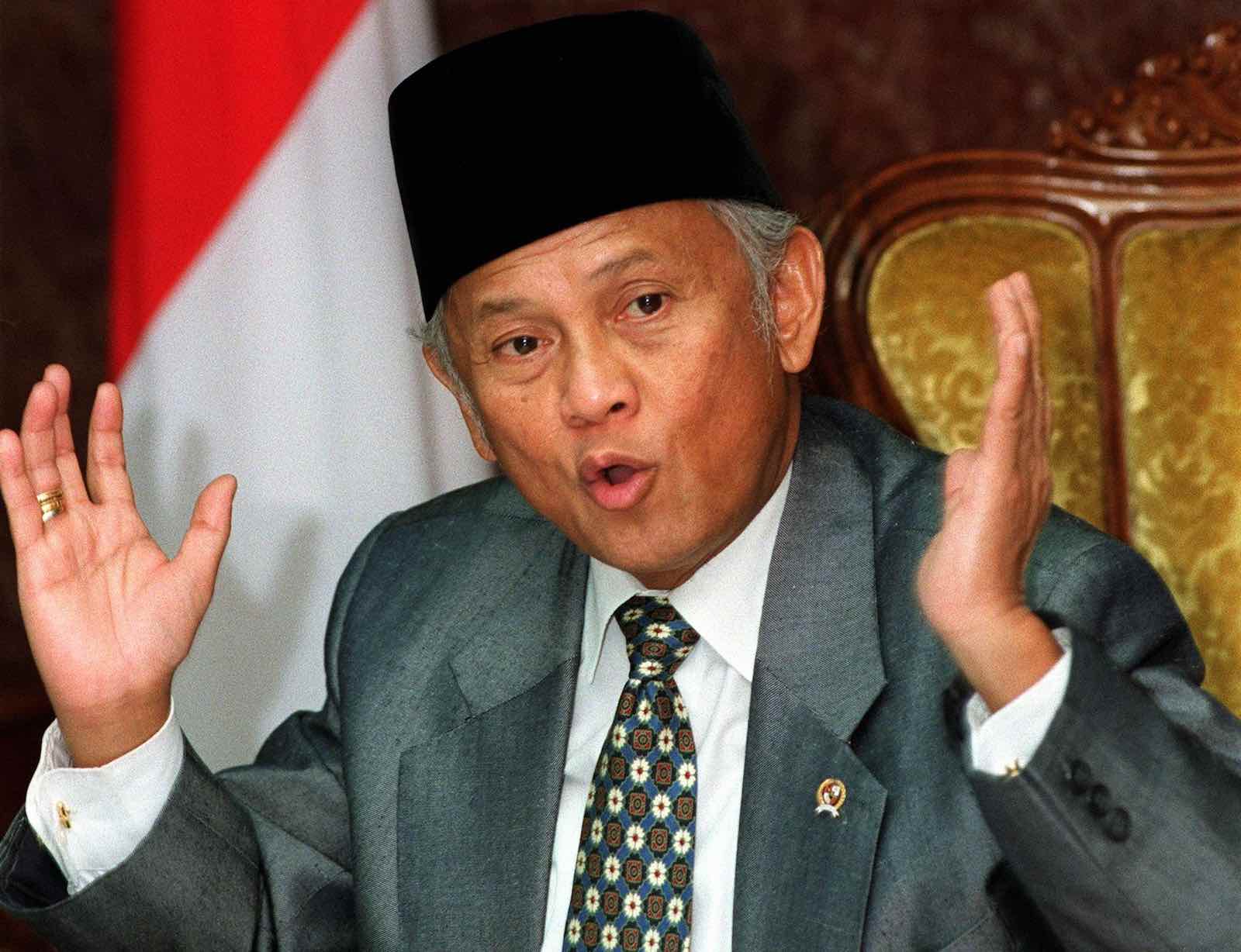Indos
INT'L MOD
- Jul 25, 2013
- 25,482
- 23,074
- Country of Origin

- Country of Residence

- Thread starter
- #61








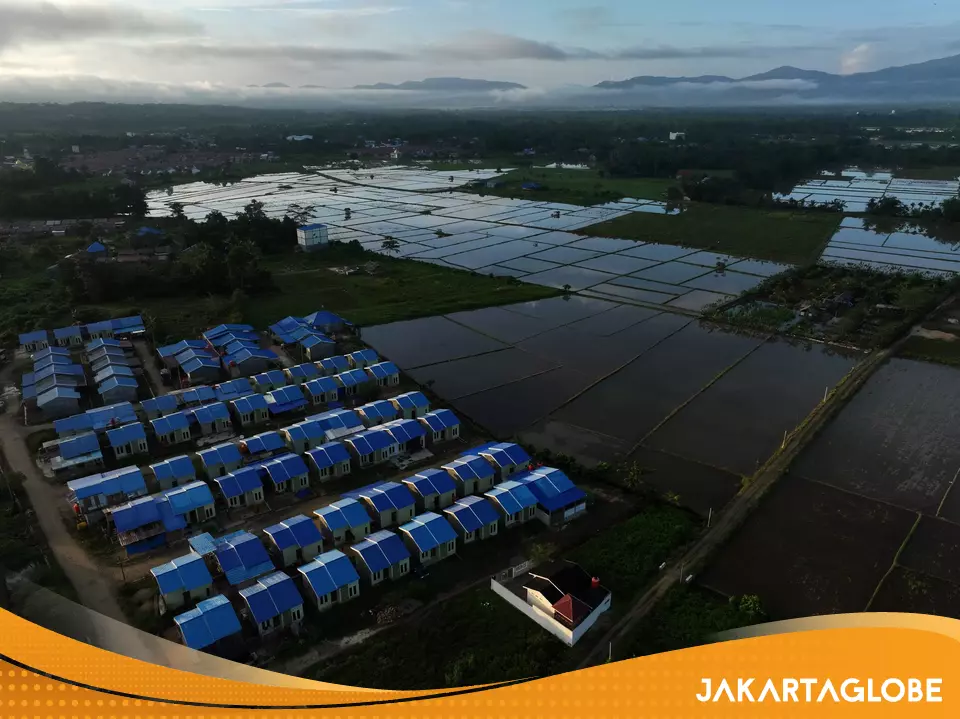


Greater Jakarta LRT system.
First phase : 42 kilometer
System : Driverless
Builder : SOE consortium (Adhi Karya/Builder, INKA/Train, LEN Industry/Electronics)
PT LEN Industry Signaling System in Greater Jakarta LRT
LRT Has Served at Least 4.5 Million Passangers as of Jan. 2024

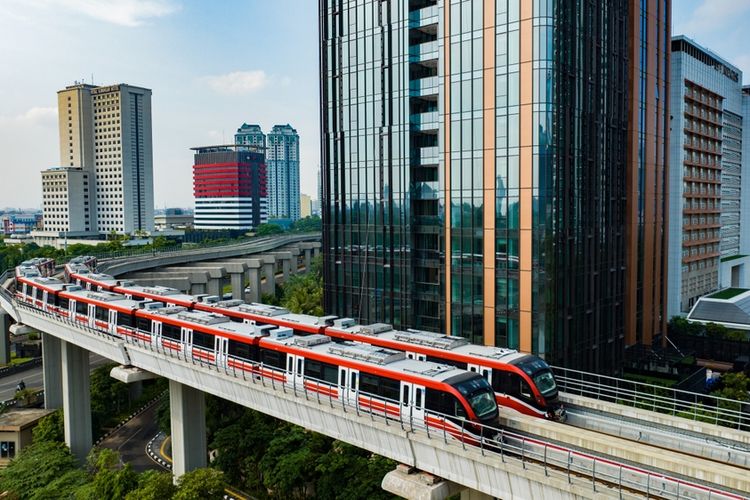
/data/photo/2024/03/10/65ed9283dfe3a.jpg)


:strip_icc():format(jpeg)/kly-media-production/medias/4140042/original/060435400_1661823496-publikasi_1661798819_630d09a39cdbd.jpeg)



 solarquarter.com
solarquarter.com
